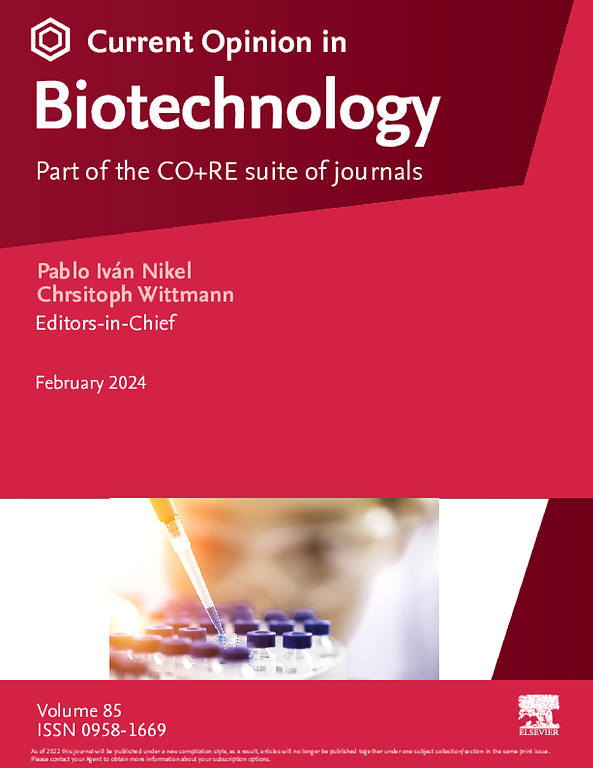实现循环氮生物经济:整合氮生物富集、分离和高价值产品以实现氮回收
IF 7
2区 工程技术
Q1 BIOCHEMICAL RESEARCH METHODS
引用次数: 0
摘要
从废水中回收氮(N)是减少对通过哈伯-博施(Haber-Bosch)进行高能耗合成固氮以及随后通过硝化-反硝化处理含氮废水的依赖的一个潜在途径。然而,许多技术和经济因素阻碍了氮回收的广泛应用,特别是城市污水中氮浓度低、缺乏与生物处理兼容的高效分离技术以及氮回收的合适产品和市场。在本视角中,我们介绍了当前氮回收所面临的挑战,提出了改进选择性和可调谐氮回收的综合生物和物理化学技术,并提出了除肥料之外的氮回收产品的扩展产品组合。我们强调,由多种细菌产生的富含氮的生物聚合物叶绿素是氮的生物富集和从城市污水中进行下游回收的潜在目标。这一观点强调了综合生物系统、理化分离和市场评估在推进废水氮回收方面的同等重要性。本文章由计算机程序翻译,如有差异,请以英文原文为准。
Toward a circular nitrogen bioeconomy: integrating nitrogen bioconcentration, separations, and high-value products for nitrogen recovery
Recovering nitrogen (N) from wastewater is a potential avenue to reduce reliance on energy-intensive synthetic nitrogen fixation via Haber-Bosch and subsequent treatment of N-laden wastewaters through nitrification–denitrification. However, many technical and economic factors hinder widespread application of N recovery, particularly low N concentrations in municipal wastewater, paucity of high-efficiency separations technologies compatible with biological treatment, and suitable products and markets for recovered N. In this perspective, we contextualize the challenges of N recovery today, propose integrated biological and physicochemical technologies to improve selective and tunable N recovery, and propose an expanded product portfolio for recovered N products beyond fertilizers. We highlight cyanophycin, an N-rich biopolymer produced by a diverse range of bacteria, as a potential target for N bioconcentration and downstream recovery from municipal wastewater. This perspective emphasizes the equal importance of integrated biological systems, physicochemical separations, and market assessment in advancing nitrogen recovery from wastewater.
求助全文
通过发布文献求助,成功后即可免费获取论文全文。
去求助
来源期刊

Current opinion in biotechnology
工程技术-生化研究方法
CiteScore
16.20
自引率
2.60%
发文量
226
审稿时长
4-8 weeks
期刊介绍:
Current Opinion in Biotechnology (COBIOT) is renowned for publishing authoritative, comprehensive, and systematic reviews. By offering clear and readable syntheses of current advances in biotechnology, COBIOT assists specialists in staying updated on the latest developments in the field. Expert authors annotate the most noteworthy papers from the vast array of information available today, providing readers with valuable insights and saving them time.
As part of the Current Opinion and Research (CO+RE) suite of journals, COBIOT is accompanied by the open-access primary research journal, Current Research in Biotechnology (CRBIOT). Leveraging the editorial excellence, high impact, and global reach of the Current Opinion legacy, CO+RE journals ensure they are widely read resources integral to scientists' workflows.
COBIOT is organized into themed sections, each reviewed once a year. These themes cover various areas of biotechnology, including analytical biotechnology, plant biotechnology, food biotechnology, energy biotechnology, environmental biotechnology, systems biology, nanobiotechnology, tissue, cell, and pathway engineering, chemical biotechnology, and pharmaceutical biotechnology.
 求助内容:
求助内容: 应助结果提醒方式:
应助结果提醒方式:


